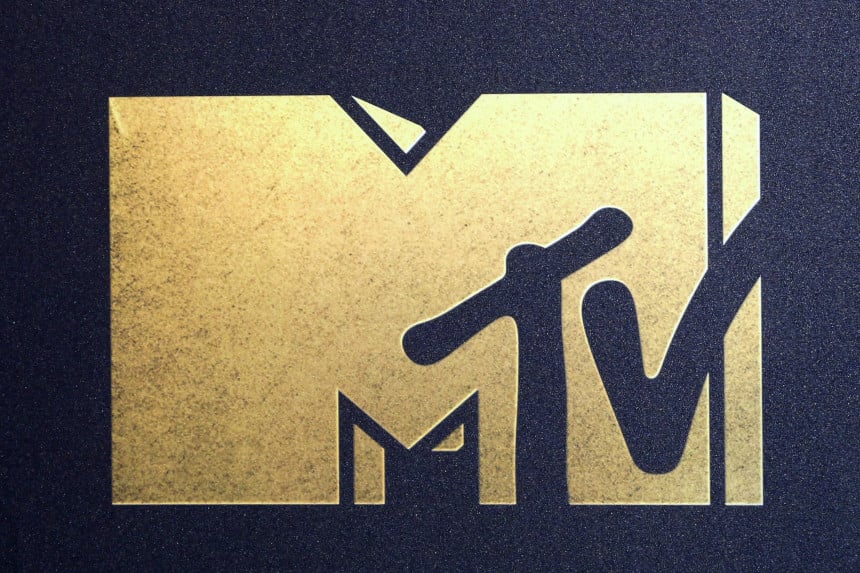The last time MTV appeared among the world’s most valuable brands was years ago. Soon after, platforms like Netflix, Spotify, and YouTube entered the rankings — and MTV never returned.
It’s still surprising that a brand once so deeply embedded in youth culture could fade into near obscurity. It wasn’t for lack of ambition. MTV evolved far beyond music videos — into a youth-focused entertainment and lifestyle brand producing reality shows, dramas, documentaries, celebrity programming, and social initiatives tackling topics from equality to mental health and social issues.
As a teenager, MTV was my window into a bigger, more colorful world. I’d record my favorite videos and rewatch them endlessly, never imagining I’d one day work there. After years in advertising, I assumed that was my path. When MTV reached out, curiosity led me to the interview. I told my future boss I thought the channel had lost its edge — that its shows had become shallow. She asked which ones. I named a few. They turned out to be the network’s highest-rated programs.
Despite my bluntness, I got the job. When I joined in 2007, the company already knew that traditional music television was dying.
Working at MTV taught me an important truth: what audiences say they want and what they actually watch are often worlds apart. Young viewers insisted they wanted more music and live performances, but those were the least-watched formats. The reality shows they claimed to hate were, in fact, the biggest hits.
It was a constant balancing act — trying to stay relevant and “cool” while still keeping people tuned in. The network aired what viewers consumed while trying to maintain its cultural credibility through music and social initiatives.
I left MTV over a decade ago, but when I heard that several of its remaining music channels are being shut down, it hit me with a wave of nostalgia. Not because I believed music television still had a future — it didn’t — but because it marked the quiet closing of a cultural chapter.
Today, MTV doesn’t hold the meaning it once did for younger audiences. It’s background noise in a world ruled by streaming and short-form content. But I don’t believe its decline was inevitable.
Many argue that large corporations can’t innovate — that they always get disrupted by faster, smaller challengers. Examples like Kodak and Nokia certainly support that theory. But others managed to adapt and thrive. Netflix moved from DVDs to streaming. Amazon went from selling books to cloud computing. Microsoft reinvented itself and reclaimed relevance.
So why couldn’t MTV — with its deep industry relationships, music expertise, and decades of global influence — evolve in a similar way? Why didn’t it become the platform that Spotify or YouTube eventually did? The truth lies in three interconnected reasons.

1. Profit Over Vision
In its early years, MTV was led by creativity and instinct. It shaped youth culture by taking risks and setting trends before audiences even knew what they wanted. By the 2000s, that pioneering energy had been replaced by a focus on short-term profits. Every new idea was judged by how quickly it could deliver returns. Projects that didn’t show financial promise within a few years rarely survived. Innovation that didn’t fit this timeline simply wasn’t funded.
2. Clinging to a Dying Model
MTV was built on TV ratings and ad revenue. The company understood that digital was the future, but its business model was too tightly tied to traditional television to truly evolve. Online initiatives existed, but they were treated as side projects, not priorities. Long-term content investments for digital platforms were dismissed because they didn’t support the existing revenue structure.
Partnerships with distributors added another layer of constraint — they provided stability but discouraged MTV from putting its best content online. That reluctance allowed others to move faster and capture the very audience MTV once owned.
3. The Corporate Machine Took Over
By the 2000s, MTV no longer felt like the rebellious, creative force it had once been. It had become a polished corporate organization — cautious, layered, and slow-moving. Creativity still existed, but bureaucracy often buried it. Decisions were filtered through endless decks, approvals, and financial models. The people leading the brand weren’t cultural risk-takers anymore; they were managers optimizing spreadsheets.
This environment made it impossible to compete with the agility of tech companies — businesses that understood not just content, but user behavior, product design, and data. While MTV saw itself as a television brand, others were building platforms that redefined how culture was consumed.
Once a brand stops driving the conversation, it fades from it. And that’s what happened to MTV.
The tragedy isn’t that music disappeared from television — it’s that a brand built on innovation stopped innovating. MTV had the culture, credibility, and access to shape the digital future of entertainment. But it hesitated, and others didn’t.
By the time MTV realized what digital could do, it was already too late.







